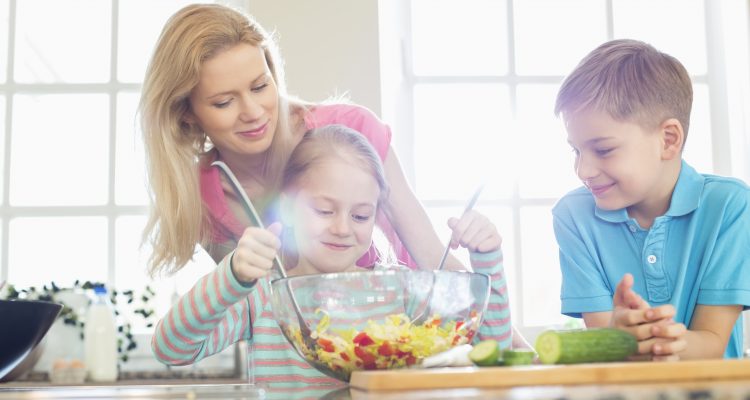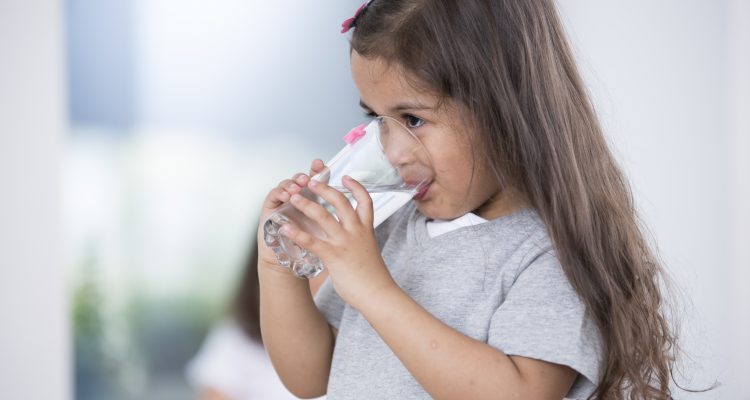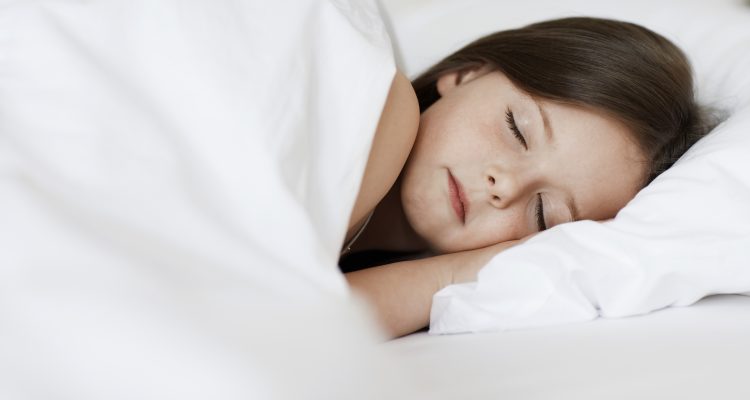Normally the brain tells the bladder to squeeze, you nip off to the toilet, you pee and done!
In the night time, it is doing the same thing, but your child’s brain and your child are too busy sleeping. There can be a number of different reasons for bedwetting. Through our assessments, we will tailor treatment once we have found the ‘why’. Not all kids will grow out of it, so best to address it so it does not continue to cause the child and family stress.
Bedwetting is very common in children and can be effectively treated. It affects approximately:
- 15% of 5-year olds (about 4-5 children in a class of 30)
- 5% of 10-year olds
- 2% of 15-year olds
- 1% of adults may still have occasional problems (Continence NZ)
The causes can be varied but it tends to run in families. It can be caused by constipation, the bladder does not hold enough during the night, certain drinks, an overactive bladder or undeveloped waking response to the bladder signals. If your child has been dry for 6 months and then starts to wet again, has daytime wetting, or is wetting over the age of 7, then you should seek help.
Treatment involves addressing any constipation, education about fluid intake, good bladder and bowel habits, daytime bladder retraining and daytime timed toileting, and if necessary a supported bed alarm program.
It is important to remember that bedwetting is not the child’s fault or caused by anything the parent or the child may have done or not done in the past. This problem can be helped.




